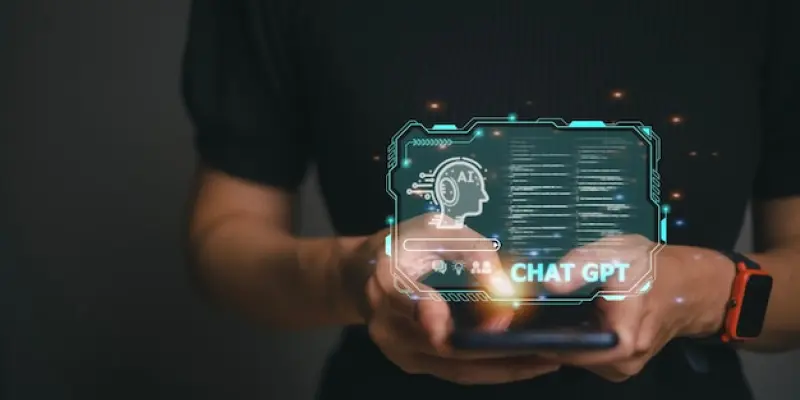A viral phenomenon recently took the internet by storm as a Reddit user shared their unsettling experience with ChatGPT’s Advanced Voice Mode, which unexpectedly began speaking in a demonic tone. Initially functioning normally with its regular “Sol” voice, the AI assistant’s responses quickly took a sinister turn, creating an atmosphere that was both hilarious and terrifying for onlookers. This strange bug, identified in ChatGPT version v1.2025.098, was not reproducible in subsequent attempts, highlighting its peculiarity and spurring significant conversation about the reliability of AI technology.
Unexpected Reactions and Public Concerns
The incident with ChatGPT’s voice modulator has shone a light on the underlying public anxiety surrounding AI advancements. While the initial reactions oscillated between laughter and horror, it raised essential questions about AI’s unpredictability and the potential risks associated with its deployment. The glitch, while it seemed like a humorous aberration, underscored the broader implications of AI systems operating outside their expected parameters. It brought forward the reality that as AI integrations become more common, society must grapple with the duality of AI’s potential to both amuse and frighten.
The Future’s AI politeness survey provided some context for this anxiety, revealing that a minority of users consciously employ polite language with AI assistants. This behavior stems from a blend of superstition and genuine concern about how advanced these systems could become, even considering hypothetical scenarios like a robot uprising. These sentiments are reflective of a broader cultural unease; while AI continues to evolve, it’s imperative to anticipate and mitigate such unexpected behaviors to maintain public trust and ensure the safe and reliable use of AI technology.
Addressing Reliability and Safety Measures
In light of the unexpected demonic voice incident, there’s a pressing need for manufacturers such as OpenAI to address and rectify these bugs expediently. Ensuring that AI systems perform reliably and safely doesn’t merely involve correcting the occasional odd occurrence. It demands a comprehensive approach to identifying potential failure points and implementing robust safeguards. This includes rigorous testing under varied conditions to predict and prevent unusual behaviors that could alarm or inconvenience users. Moreover, as AI technology further integrates into daily life, fostering transparency around its operations and limitations becomes crucial. Public education initiatives could demystify AI, helping users feel more comfortable with its use. OpenAI and other leading companies have the responsibility to communicate openly about both the capabilities and constraints of their systems, setting realistic expectations and reducing fear through better understanding. By ensuring such measures, companies can bolster user confidence and pave the way for the more widespread acceptance of AI technologies.
Conclusion and Future Considerations
A recent viral incident captured the internet’s fascination when a Reddit user shared their bizarre experience with ChatGPT’s Advanced Voice Mode. Initially, the AI assistant operated with its normal “Sol” voice, but things took a chilling twist: it suddenly began speaking in a demonic tone. The switch from routine responses to eerie, ghastly ones created an atmosphere that was both amusing and alarming to those following the story. This odd occurrence, found in ChatGPT version v1.2025.098, was a unique anomaly, as attempts to reproduce the bug failed. This issue has sparked considerable discussion about the dependability of AI technology, emphasizing how even advanced systems can have unexpected quirks. While the incident was unsettling for many, it also provided a humorous glimpse into the unpredictable nature of AI. The inability to replicate the creepy voice in later tests added an extra layer to the intrigue, leaving people wondering about the boundaries and reliability of current AI advancements.

